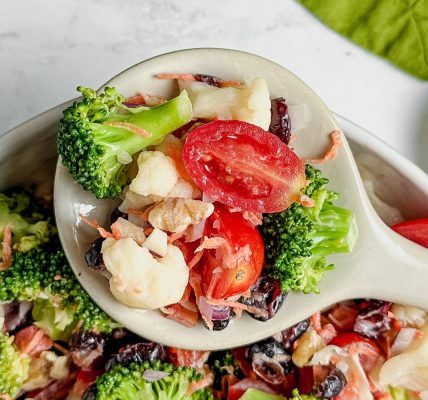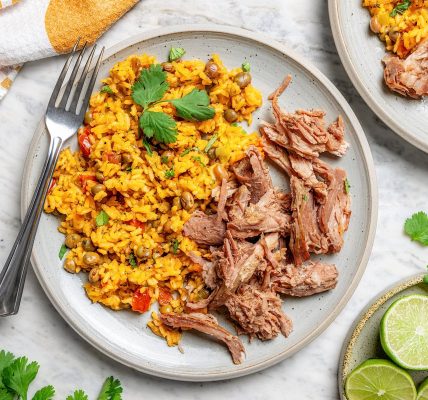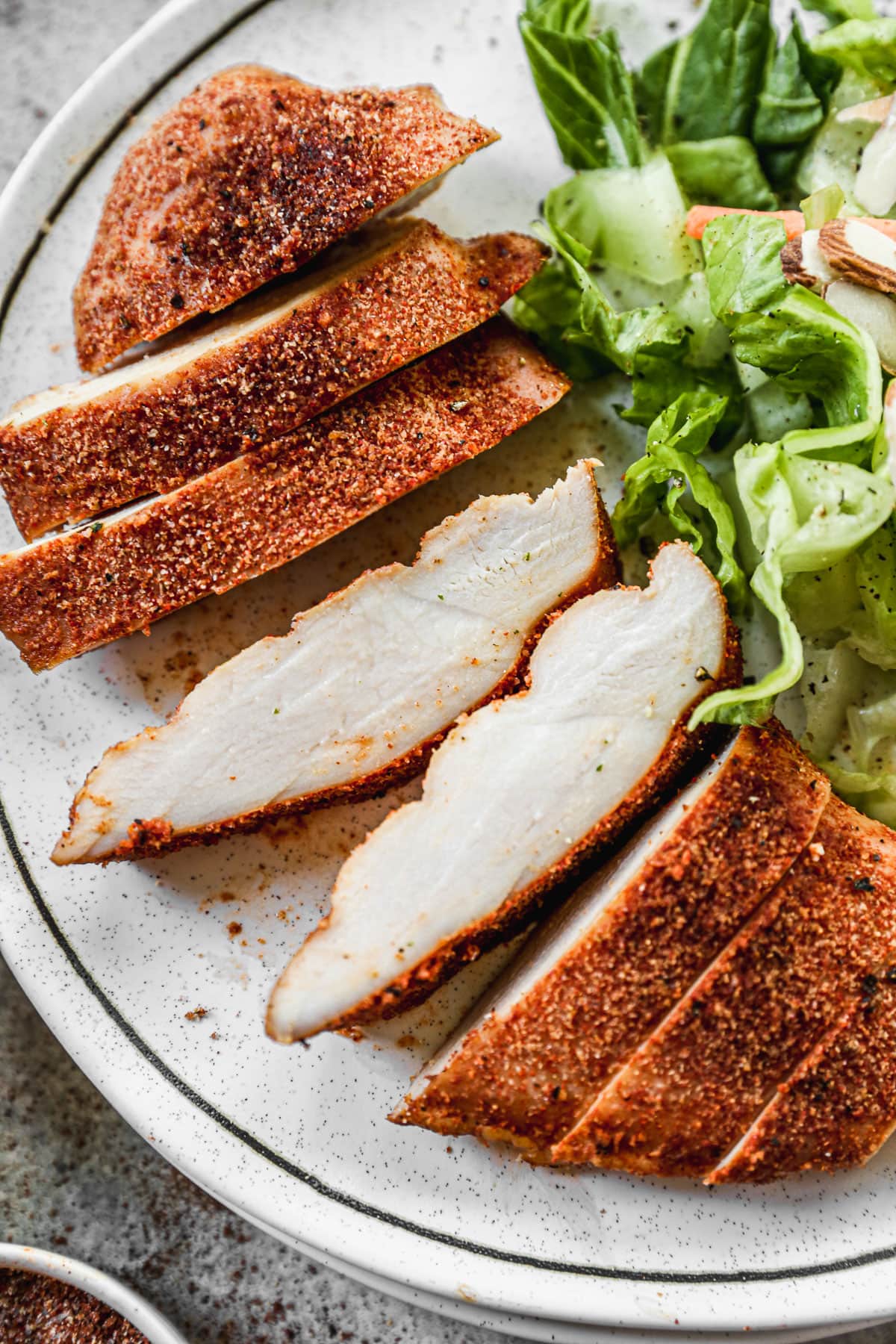So, how many milliliters are in a liter? Understanding milliliters and liters is crucial because precise measurements can significantly impact the outcome of a recipe.
Using the wrong volume of liquid can lead to over-saturation or dryness, affecting the texture and taste of a dish.
In this article, we will provide you with a clear understanding of how many milliliters make up a liter. This article also highlights the different equipment types needed to accurately measure and convert milliliters and liters.
Want to Save this Recipe?
Enter your email below & we’ll send it straight to your inbox. Plus you’ll get great new recipes from us every week!
What is a Milliliter?
A milliliter, shortened to “ml,” is a metric unit of volume used to measure liquids and small quantities.
It is a tiny unit, representing one-thousandth of a liter (1 L). To visualize a milliliter, think of a standard-sized medicine dropper filled to the brim, roughly 1 milliliter.
When it comes to cooking, baking, and all things culinary, milliliters are often used to measure ingredients such as water, milk, oils, and flavorings.
What is a Liter?
A liter, abbreviated as “L,” is a larger metric unit of volume. It equals 1,000 milliliters (1,000 ml) or one cubic decimeter (1 dm³).
Think of a standard bottle of soda; it usually contains 1 liter of liquid. Liters are commonly used for measuring larger quantities of liquids, such as liters of soft drinks, liters of soup, or liters of stock in the kitchen context.
Convert Liters to Milliliters
Converting liters to milliliters is a straightforward process. Since there are 1,000 milliliters in 1 liter, you can use the following formula:
1 liter (L) = 1,000 milliliters (ml)
To convert any liters to milliliters, simply multiply the number of liters by 1,000. For example, if you need 3 liters of water for a recipe, you can calculate it like this:
3 L × 1,000 ml/L = 3,000 ml
So, 3 liters of water is equal to 3,000 milliliters.
Milliliters and liters can measure any liquid, whether it is water, milk, oil, juice, or even more viscous ingredients like syrups and sauces. The conversions remain the same regardless of the type of liquid.
Table with Conversions from Milliliters to Liters
Here is a simple and useful table with typical and practical conversions from milliliters to liters:
| Milliliters (ml) | Liters (L) |
| 100 ml | 0.1 L |
| 250 ml | 0.25 L |
| 500 ml | 0.5 L |
| 750 ml | 0.75 L |
| 1,000 ml (1 L) | 1 L |
Refer to this table for quick conversions when working with milliliters and liters in your recipes.
Table with Conversions from Liters to Milliliters
On the flip side, to successfully convert liters to milliliters, use this conversion table:
| Liters (L) | Milliliters (ml) |
| 1 L | 1,000 ml |
| 2 L | 2,000 ml |
| 3 L | 3,000 ml |
| 4 L | 4,000 ml |
| 5 L | 5,000 ml |

Equipment for Measuring
To ensure accuracy in measuring both liters and milliliters, you will need the right tools:
- Measuring cups. For measuring higher volumes of liquids, especially liters, a drink measuring cup with liter markings is great.
- Graduated cylinder. When precise measurements are required, such as in scientific experiments or professional baking, a graduated cylinder is a good bet. It can measure both liters and milliliters accurately.
- Measuring spoons. While not suitable for measuring liters, measuring spoons can be used for smaller quantities of liquid in milliliters.
- Kitchen scale. Some digital kitchen scales are designed to switch between units, including grams, milliliters, and ounces, making them adaptable for wet and dry ingredients.
Imperial System Vs Metric System
The Imperial system, used primarily in the United States, relies on units like ounces, pints, quarts, and gallons.
Meanwhile, the Metric system, embraced by most of the world, uses milliliters, liters, grams, and kilograms for measurements. The Metric system is favored for its simplicity and precision, especially in scientific and culinary applications.
These are helpful when it comes to calculating how many milliliters are in a liter.
Metric system
Pros
- Precision. Measuring ingredients in grams, milliliters, and liters allows for more accurate and consistent results.
- Ease of scaling. Recipes can be easily scaled up or down because the metric system uses a consistent base-10 system.
- Universal consistency. The metric system is used globally, making it easier to follow and share recipes with people from different countries.
- Scientific accuracy. Many culinary schools and professional kitchens prefer the metric system due to its alignment with scientific standards.
- Ingredient substitution. It is often easier to substitute ingredients in metric measurements because the ratios are straightforward.
Cons
- Familiarity. People in countries primarily using the Imperial system may find the metric system confusing.
- Conversion challenges. When dealing with older cookbooks or recipes from regions using the Imperial system, converting measurements can be challenging.
Imperial System in Culinary
Pros:
- Familiarity. In regions where the Imperial system is the norm, home cooks are more comfortable with its units, such as ounces, cups, pints, and gallons.
- Heritage. The Imperial system has a long history in culinary traditions, particularly in the United States. Traditional recipes often use Imperial measurements.
- Easy to visualize. Some people find Imperial units, like teaspoons and cups, easier to visualize for everyday kitchen tasks. For example, it is simpler to imagine a cup of flour than 240 milliliters.
- Practicality for specific foods. The Imperial system is more practical in some culinary scenarios. For instance, using cups to measure dry ingredients like flour and sugar can be quicker and less messy than weighing them in grams.
Cons:
- Lack of precision. The Imperial system’s units are less precise. For example, fluid ounces are not equal to weight ounces, leading to potential inaccuracies in recipes.
- Incompatibility. When following international recipes or working in professional kitchens, familiarity with the Imperial system may be a limitation, as it is not widely used outside certain regions.
- Difficult conversions. Converting between Imperial units can be complex. For instance, converting between fluid ounces and dry ounces is not straightforward, and this can lead to recipe errors.
- Inconsistent volume. The same unit (e.g., a cup) can represent different volumes for various ingredients (e.g., a cup of flour vs. a cup of water), confusing recipes.

Frequently Asked Questions (FAQs)
There are 1,000 milliliters (ml) in one liter (L). This means that a liter is equivalent to 1,000 milliliters.
To convert milliliters to liters, divide the number of milliliters by 1,000. For example, 500 milliliters equals 0.5 liters (500 ml ÷ 1,000 = 0.5 L).
You would have 1,000 milliliters of butter if you had a liter of butter. This conversion holds for any liquid, including butter.
A liter of water contains precisely 1,000 milliliters. Due to its consistent density, water is often used as a reference point for liquid measurements.
A liter of flour contains 1,000 milliliters.
Different Ways to Measure Milliliters
Milliliters can be measured using various tools, including:
- Liquid measuring cup: Specifically designed for liquids, it often features milliliter markings.
- Graduated cylinder: Commonly used in scientific settings, it provides precise milliliter measurements.
- Measuring spoons: Many sets include milliliter measurements for smaller quantities.
Different Ways to Measure Liters
Measuring liters typically involves tools designed for larger liquid volumes:
- Liquid measuring cup: Specifically made for measuring liters, it often features liter markings.
- Graduated cylinder: While commonly used for smaller milliliter volumes, larger graduated cylinders can also measure liters.
- Containers with volume markings: Some larger containers, like water jugs or stockpots, may have volume markings for liters.
You May Also Like
If you enjoyed this post about how many milliliters are in a liter, please leave a rating and comment! For more inspiration, check out my Facebook, Instagram, and Pinterest. For 5 free weekly meal plans and more free resources, sign up to receive my free newsletter!
Enjoy this comprehensive guide for converting milliliters to liters!









